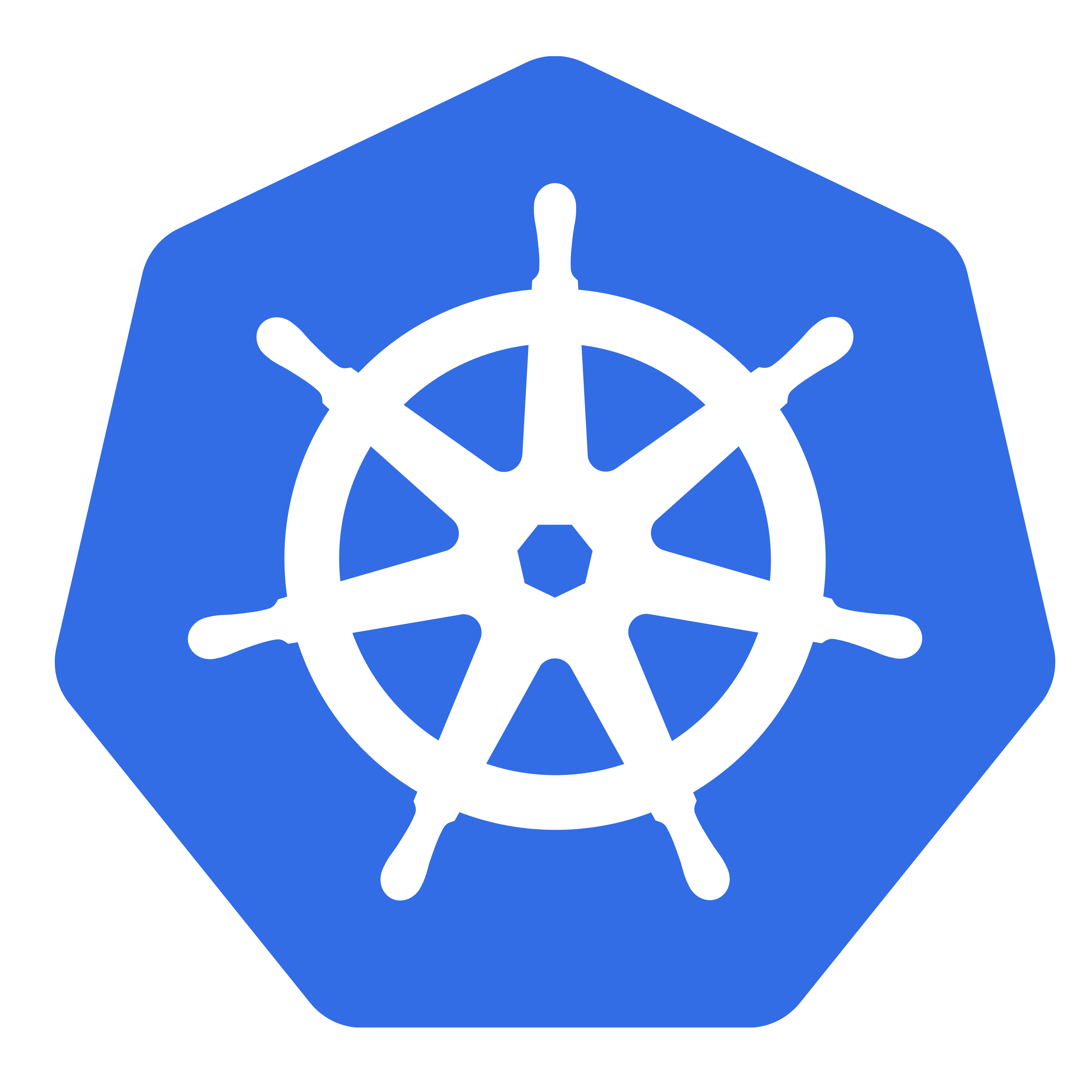- 1 Post
- 13 Comments
Yes, using xrandr in the
/etc/sddm.conf(https://man.archlinux.org/man/sddm.conf.5#DisplayCommand=)/usr/share/sddm/scripts/Xsetup.
Hahaha. Common problem with multiscreen with different resolutions. Your laptop screen is below and left of your main display, and X11 renders this black “virtual screen”.
There are multiple solutions:
a) Set your screen resolution and position through KDE Plasma SystemSettings and push the button “apply to SDDM configuration” (I think Plasma 6.0 removed this option, try to find it in the SystemSettings KCM SDDM section).
b) The another solution is the old one. Create a file into
/etc/X11/xorg.conf/display.confwith the proper values of position and resolution. Search in a wiki about examples (archlinux wiki?).c) There is a third one that I used few years ago. SDDM allows you run any command after the screen initialization. So you can exec your xrand command here. Search about
/etc/sddm.conf

 10·7 months ago
10·7 months agoWhen you create a filesystem, there is a parameter named as “block percent free”. This parameter should be “5%”, so a 5% of your partition size can only be written by the “root” user.
You can decrease this value or just free some space. You can try to create files or folders as root as well.

 92·7 months ago
92·7 months agoI think that the reason is the same for “why is XMPP mentioned more than IRC?”. IRC has more clients, it’s less resources hungry and simpler than XMPP.
I think that the reason is because it is old-fashione, and it’s clients feel outdated and (native) “lacking features” compared to more popular clients like Discord, WhatsApp, Messenger, Telegram or Signal. 🤷♂️
I can imagine my cousins using any of the clients I mentioned before, but not IRC, XMPP, or any protocol from my era. Life and traditions, isn’t it?
#!/usr/bin/env bashA folder
dotfilesas git repository and adotfiles/installthat soft links all configurations into their places.Two files,
~/.zshrc(without secrets, could be shared) and another for secrets (sourced by.zshrcif exist secrets).
I used Tekton for the last two years, and I didn’t like it. One of the reasons is the community split around Tekton Hub between versions 3 and 4. Another reason is that it’s not very Kubernetes native. While you write YAML, there are a subset of instructions that limit you regarding mundane things you can do on Kubernetes but Tekton doesn’t support, such as mounting different PersistentVolumeClaims or setting tasks by platforms or nodes (amd64, arm64, etc).
I was so frustrated that I created my own Kubernetes-native CI/CD solution. Currently in development phases (when it is done, I will publish it here). This one uses real native Kubernetes components (jobs). You create Webhooks that launch Workflows, and Workflows can launch other Workflows or Jobs. You can do anything in a Job with no limitations other than Kubernetes itself. Take a look if you want: https://github.com/jlsalvador/simple-cicd
localhost

 12·1 year ago
12·1 year agoMaybe this functionality was replaced by the next thing?
Automatic root filesystem soft-reboot: systemctl automatically reboots into a new root filesystem located at /run/nextroot/.
I didn’t try yet: https://www.cmcrossroads.com/article/gnu-make-escaping-walk-wild-side
colon := : $(colon) := : url := https$(:)//something

 2·1 year ago
2·1 year agoI didn’t try yet: https://www.cmcrossroads.com/article/gnu-make-escaping-walk-wild-side
colon := : $(colon) := : url := https$(:)//something

 1·1 year ago
1·1 year agosyscall -> asm -> page_fault
This a native machine code execution that crashed in your system. Could be an instruction that your CPU doesn’t understand (because the instruction is newer than your CPU, example: AVX512), or because your hardware returns an error when this instruction is executed (RAM issues?). Too difficult for me to understand this ASM crash.


It’s illegal in Europe to have an opt-out checked by default, must be an opt-in unchecked by default. This is one of the reason that Microsoft has always troubles in Europe about privacy and opt-out services.